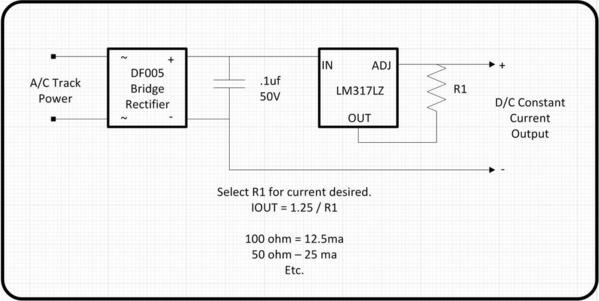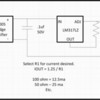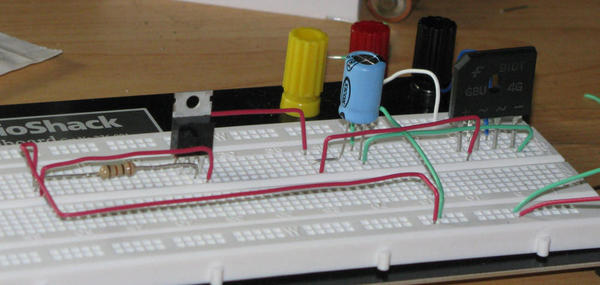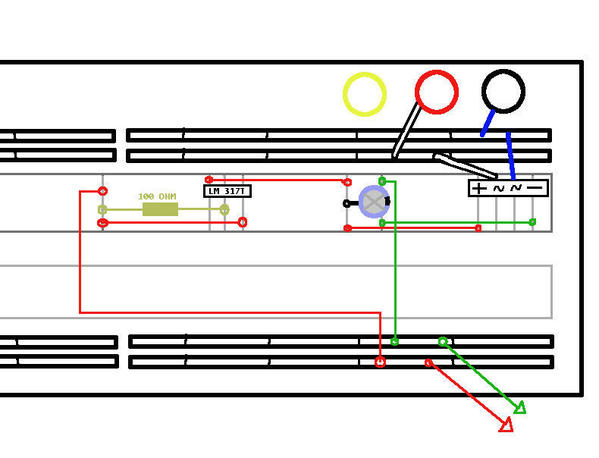As shown previously on the electrical forum, I purchased the 300 LED strip of LED lights. It comes with an AC/DC adapter with a 12 volt output. Using the adapter with the plug provided and attached all 300 LEDs are on.
This strip of LEDs is designed so that it can be cut after every 3rd LED. By the way this strip has a self-adhesive back to attach the LEDs where you would like them attached.
My Question: I want to cut some of the LEDs off in three's to use in buildings, subways and on waiting platforms. I will be controlling some of these separately with on/off switches. Thus some will be on while others will be off. I want to wire these in parallel.
Will the LEDs need to be protected (with resistors or in some other fashion) for use in this way. [I will use the AC/DC Adapter provided to power all these lights.
Information: Working Current/meter: 0.35-0.4 A; Output power: 20-24 W/ 5 Meters; 300 LEDs on a 5 Meter strip.
Can I proceed with the application as I mentioned above without any protection for the LEDs?










